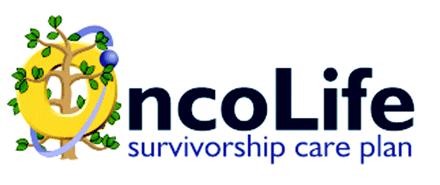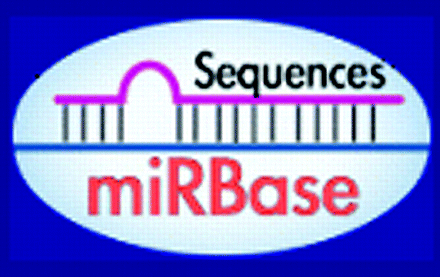Sites of interest on the World Wide Web—edited by David Roman
Thomson Scientific—Not Just Impact Factors

In his editorial, John Lazo writes on the announcement of the impact factor for Molecular Interventions: 5.6! Although we often think about impact factors when deciding where to publish our most recent groundbreaking work, Thomson Scientific actually provides a multitude of additional services for the scientific community than just the calculation and publication of impact factors. At their Web site, a Free Resources section (http://scientific.thomson.com/free/#cpg) provides a list of interesting and useful pages, including SCI-BYTES: What’s New in Research (http://in-cites.com/research/2007/index.html), which provides a weekly “digest” of hot papers in the biological sciences. By scrolling down this page, one can even view the postings of newly calculated impact factors for journals within a specific field—just to keep an eye on the journal competition [Ed.: If you’re an editor you can’t rest on your laurels.] or to determine where your next manuscript might best be submitted. The Pharma Meeting Previews (http://scientific.thomson.com/free/meetingpreviews/) can keep you up-to-date on upcoming meetings, and one of my favorites, the Expert Essays page (http://scientific.thomson.com/free/essays/), includes interesting commentary by recognized leaders in various fields. See, for example, the insightful essay: “The Agony and the Ecstasy: The History and the Meaning of the Journal Impact Factor.” Another gem is the Current Patents Gazette (http://scientific.thomson.com/gazettenews/), which provides a concise monthly summary of newly-filed patents that relate to new compounds, processes or groundbreaking findings.

University of California–Santa Cruz Genome Bioinformatics: A Great Site for Genome Tools!

To describe succinctly the offerings at this Web site is a very difficult task; therefore, my advice is to point your browser at http://genome.ucsc.edu/ (UCSC Genome Browser) to appreciate more fully the wealth of information and utilities that it contains. The UCSC Genome Browser was developed and is continually maintained by the Genome Bioinformatics Group in the Center for Biomolecular Science and Engineering at the University of California Santa Cruz and contains working drafts and reference sequence for large-scale genome sequencing projects. This site is not merely a depository, however, but rather a databank with high quality, useful tools for mining the large amount of data contained within. To scratch the surface, the Web site provides UCSC In-Silico PCR (http://genome.ucsc.edu/cgi-bin/hgPcr) where users primer sequences to determine what sequences primers might be amplified (or “pulled out”) out of a choice of forty-one genomes; Genome graphs, which are useful for linkage studies and homozygosity mapping; and, perhaps the most fun (at least visually), the Visigene section (http://genome.ucsc.edu/cgi-bin/hgVisiGene), in which you input your favorite gene and instantly are presented with histological and anatomical images that show expression patterns (such as brain images from the Allen Brain Atlas). With a laundry list of genomic tools available, this comprehensive site is worth a visit!
Chemotherapy and Cancer Resource

In this month’s MI, Mayer and Janoff write about dosing in Combination Chemotherapy. The University of Pennsylvania maintains one of the oldest Cancer Web portals (Oncolink) on the Net, at http://cancer.med.upenn.edu/index.cfm. This Web site provides information for scientists, medical practitioners, and, predominantly, patients, their caregivers, and cancer survivors. OncoLink houses updated recent clinical findings, as well as resources for patients. The Survivorship Care Plan (http://www.oncolink.com/onco-life/) seems fairly unique, in that it gives cancer survivors advice for maintaining their health in light of the treatments they have received and also contains information regarding possible health risks. The Web site also offers expert Q&A, and in-depth analyses of treatments and side-effect concerns.

miRBase: A Resource for MicroRNAs

In their Viewpoint article in this month’s MI, Andrei Goga and Christopher Benz discuss the role of miRNAs in tumor phenotypes. For those involved or interested in miRNA research, the Wellcome Trust Sanger Institute hosts miRBase::Sequences (http://microrna.sanger.ac.uk/sequences/). This Web site contains information for over 5,000 miRNA loci, and contains a searchable, annotated database of published miRNA sequences. In addition, the site hosts the miRBase Registry (http://microrna.sanger.ac.uk/registry/), which provides names for novel miRNA genes for publication consistency purposes. Although miRBase caters to a specific subset of researchers, this Web site also allows the researcher with a more casual interest to get acquainted with the rapid progression of this exciting field.

- © American Society for Pharmacology and Experimental Theraputics 2007



